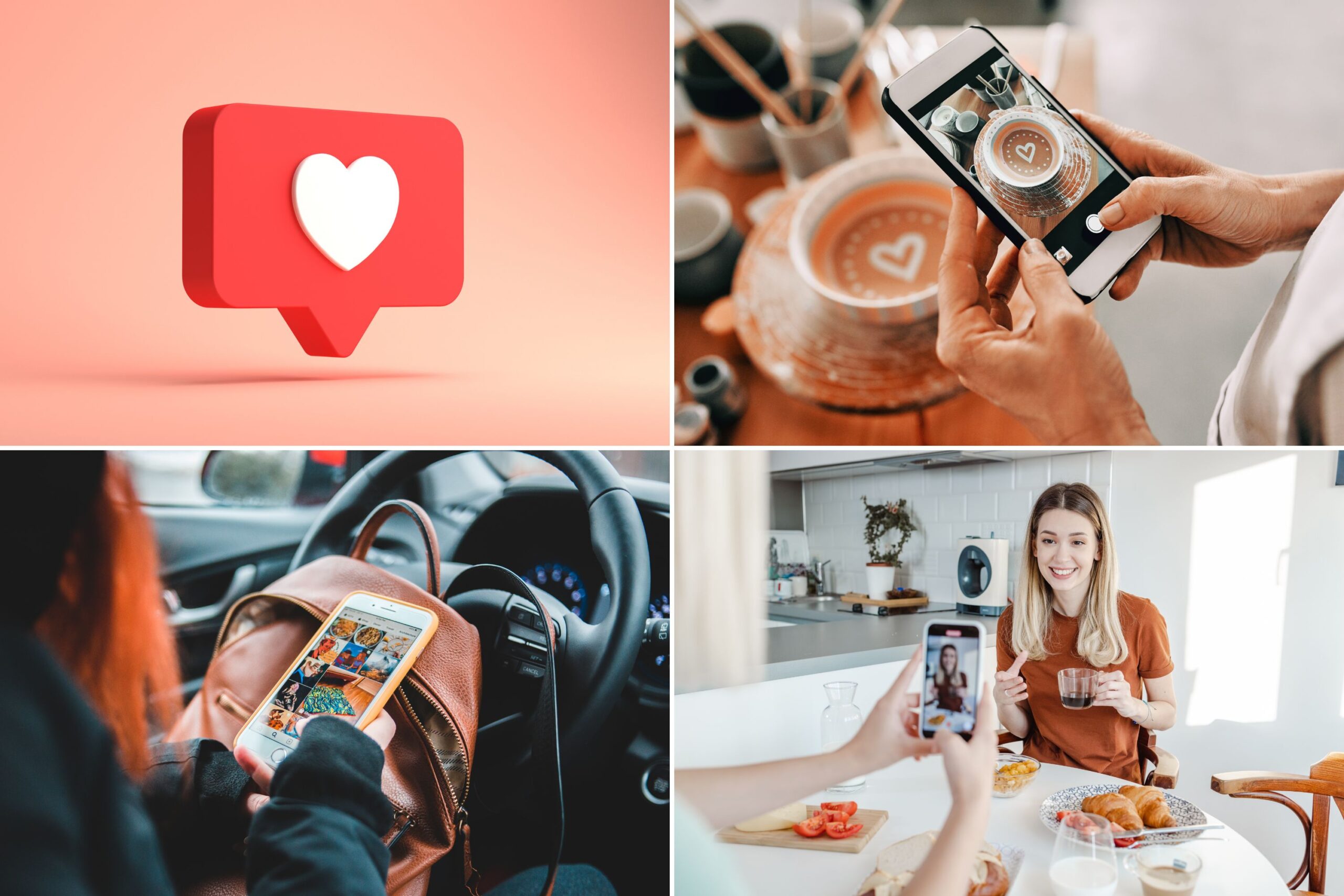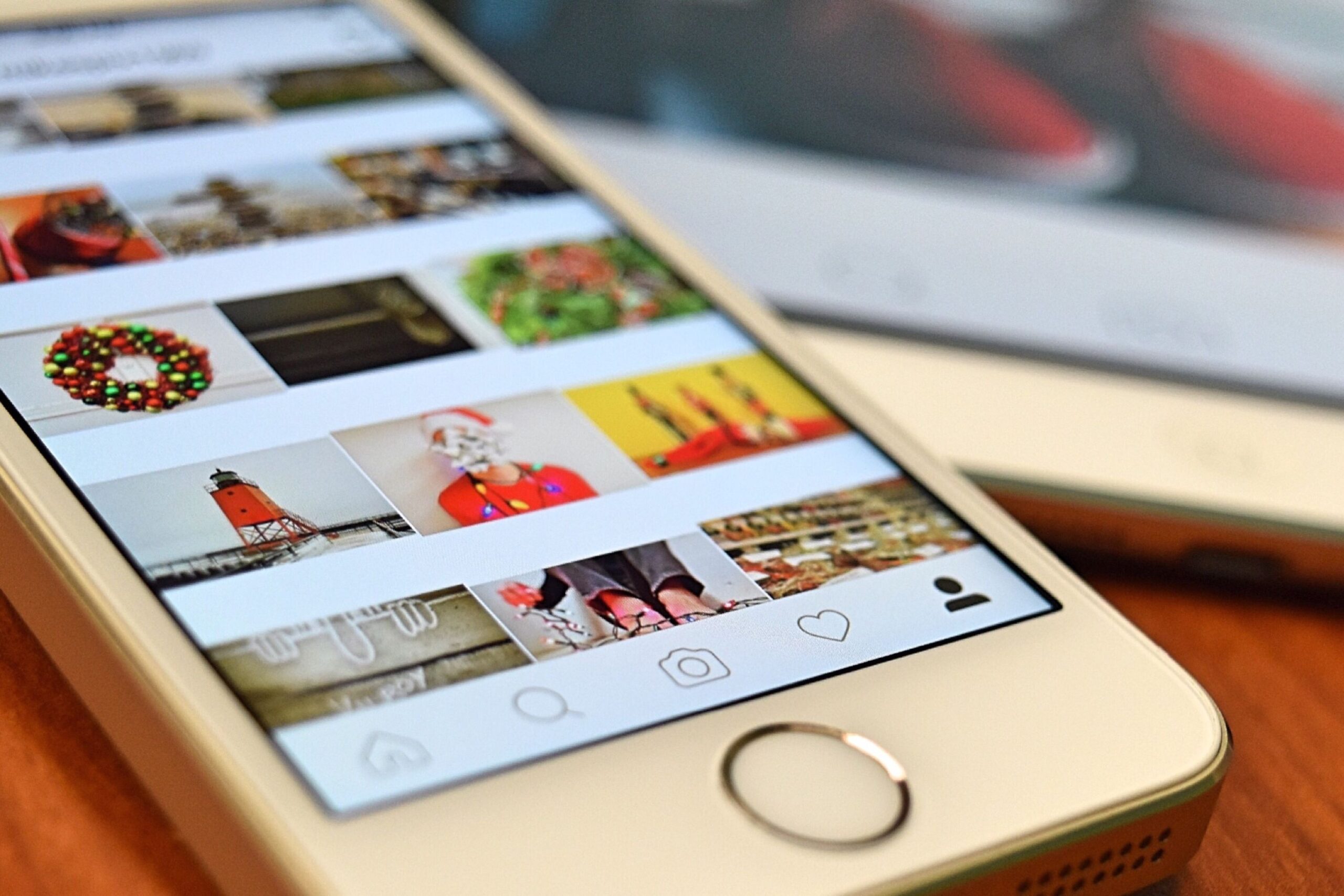When you’re a startup founder trying to scale a DTC brand, knowing where your audience lives online isn’t just helpful—it’s essential. Platforms are noisy, attention is scattered, and every click costs. That’s why understanding the top 10 social media platforms and their most engaged markets can shift your strategy from guesswork to precision.
This isn’t a list of what’s trending this week. It’s a breakdown of where real engagement lives, who’s engaging, and what you must do to compete there.
Why Platform-Market Fit Matters More Than Ever 🤝
It’s not enough to be on social media. You must be where your ideal customers are active, curious, and ready to act. You’re misaligned if you’re burning hours on TikTok but your conversions come from YouTube.
Platform-market fit means matching your content and energy to the right digital environment. Different audiences behave differently on each platform. That behavior—what they click, save, watch, or buy – determines your growth trajectory.
So instead of spreading thin across every channel, you need to pinpoint where your message resonates and scale up there.
1. Facebook: Community-Driven Commerce 📍
Still one of the most powerful tools for small business marketing, Facebook leads in active daily users globally. It’s particularly strong in:
- The U.S.
- Canada
- Southeast Asia
Top markets: Philippines, Vietnam, Mexico, United States, and Brazil
Why it matters: Facebook groups and marketplace features allow DTC brands to build micro-communities. Engagement is often higher in local/regional markets where mobile usage dominates.
You can create private groups, launch Facebook Shops, and post native videos that prioritize conversation over production value.
2. Instagram: Visual-First, Trust-Driven 📸
Instagram still leads in building brand identity and product discovery through visuals. It’s especially effective for:
- Fashion, beauty, wellness, food
- Lifestyle products
Top markets: U.S., UK, India, Brazil, and Turkey
Reels and Stories have redefined how people interact with brands. Instagram becomes your conversion funnel if your DTC product has a strong aesthetic edge. Just remember: the more authentic the post, the better it performs.
Focus on influencer UGC, behind-the-scenes content, and product storytelling for the best engagement.
3. TikTok: Viral Reach, Micro-Conversions 🎥
TikTok isn’t optional if you’re targeting Gen Z or younger millennials—it’s foundational.
Top markets: U.S., Indonesia, Vietnam, Brazil, and the UK
It’s not just about dancing videos anymore. It’s where people discover small brands they’ve never heard of and buy within minutes. A short-form video with the right sound and authentic voice drives spontaneous engagement.
Start simple: quick tutorials, unboxings, and founder-led moments work best.
4. YouTube: Long-Form Loyalty Builders 🎮
YouTube isn’t just a video platform. It’s a search engine, education hub, and storytelling stage.
Top markets: India, U.S., Japan, Russia, and Indonesia
Engagement is high when content answers questions or entertains meaningfully. Long-form video builds stronger relationships and keeps your brand at the forefront of your mind.
For DTC brands, this is where you turn users from curious to committed. Product walkthroughs, case studies, and founder stories perform exceptionally well.
5. LinkedIn: B2B Impact, Thought Leadership 🧬
This is where professionals hang out, especially in the U.S., UK, and Canada. If you offer a product with a B2B angle or high-ticket value, this is where buying decisions start.
Top markets: U.S., India, China, UK, and France
While not a traditional DTC space, LinkedIn is ideal for founders sharing insights, employees advocating for the brand, and content that positions your business as an expert.
You don’t need to post daily. But when you do, make it matter – share a tip, an insight, or a market trend.
Platform Focus = Competitive Advantage 📊
Examining the top 10 social media platforms and their most engaged markets is about being practical.
Start by identifying which platform drives real customer action for your product category. Look at demographics, content format preferences, and ad performance.
You don’t need to guess. You must align your brand story with the right platform and the most responsive audience.
6. Pinterest: Discovery for Design-Driven Brands 🌿
Pinterest doesn’t shout as loudly as other platforms, but it quietly drives intent for DTC brands in fashion, home decor, weddings, or wellness.
Top markets: U.S., Brazil, Germany, France, and Mexico
Users on Pinterest are planners. They’re saving ideas for their next purchase or project. That makes them closer to conversion than casual scrollers elsewhere.
Visual pins that link directly to product pages or blogs can steadily boost your site traffic. Batch your content by themes, and keep it evergreen to stay searchable.
7. Snapchat: Hyper-Targeted Gen Z Engagement 📲
Snapchat might seem like a fading platform, but it’s still a daily habit among Gen Z users in specific markets.
Top markets: U.S., UK, India, Saudi Arabia, and France
Engagement happens fast and often in private DMs or stories. If you’re running localized campaigns or testing AR try-ons, Snapchat has tools to help your brand feel interactive and immediate.
Remember that Snapchat isn’t for static product promos—it’s for quick, personalized content experiences.
8. Twitter (X): Real-Time Relevance and Reactions 🔍
Twitter (now X) remains key in markets where news, trends, and real-time commentary shape public sentiment.
Top markets: U.S., Japan, UK, Brazil, and Turkey
This platform isn’t about conversion-first content. It’s about relevance. Your brand will earn impressions and shares if it can comment meaningfully on cultural moments, trends, or industry insights.
Twitter thrives when your voice is fast, sharp, and human. It’s an excellent space for founders to be vocal and visible.
9. Reddit: Niche Communities with High Trust 🤖
Reddit doesn’t operate like traditional social platforms. There are no polished feeds—just conversations. And in those conversations, buying decisions are quietly influenced.
Top markets: U.S., UK, Canada, Germany, and Australia
Reddit threads can be gold if your product solves a specific problem or serves a tight niche (e.g., skincare for sensitive skin or eco-friendly office gear).
Engage authentically. Don’t advertise – contribute. Answer questions and become a go-to source in your relevant subreddits.
10. WhatsApp: Relationship Building at Scale 💬
While not a traditional social media platform, WhatsApp deserves a mention in the top 10 social media platforms because of its sheer scale and daily usage.
Top markets: India, Brazil, Indonesia, Mexico
It’s the go-to for customer communication in many global regions. Brands use it for:
- Order updates
- Support chats
- Personalized offers
In markets where WhatsApp dominates, integrating it into your post-purchase flow builds long-term brand trust.
Platform-Market Pairing Is a Long-Term Play 🚀
The more you learn about the top 10 social media platforms, the more you’ll see where your brand fits.
A skincare line for sensitive skin might thrive on Reddit and Instagram, while a digital planner for entrepreneurs might perform better on Pinterest and LinkedIn.
The key is not to mirror others. Instead, analyze your audience, test small campaigns, and listen to where the real conversations are happening.
Regional Patterns That Influence Platform Engagement 🌏
Understanding the top 10 social media platforms and their most engaged markets becomes more profound when you factor in regional behavior. Different countries and cultures engage with content in distinct ways. What works in the U.S. may fall flat in India, and what thrives in Brazil may underperform in Germany.
North America: Trust and Personalization Matter Most 🇺🇸
In the U.S. and Canada, trust-building and personalization outperform overt selling. Audiences favor content that feels real, offers behind-the-scenes looks, or shares founder perspectives.
- Facebook and Instagram are dominant for product discovery and community building.
- YouTube performs well for long-form storytelling and tutorials.
Here, storytelling is more important than flash. People don’t just want to know what you sell. They want to know who you are.
Latin America: High Mobile Engagement 🇲🇽
Mobile-first behavior is the norm in Brazil, Mexico, and other Latin American countries. Reels, WhatsApp, and TikTok dominate because short-form, shareable content fits how people engage.
- Facebook remains a top platform.
- WhatsApp is vital for customer communication.
- TikTok is gaining traction for impulse discovery.
Engagement here is fast, visual, and emotionally driven. Memes, music, and motion win attention.
Europe: Platform Preferences Vary by Country 🇪🇺
Europe isn’t one-size-fits-all. For instance:
- UK audiences lean heavily on Instagram and YouTube.
- Germany prefers Pinterest and YouTube for research-driven buying.
- France uses Snapchat and Instagram more than TikTok.
In general, European users value subtlety and quality. Short-term trends take longer to catch, but evergreen content tends to last longer.
Asia: Scale, Speed, and Visuals 🇦🇹
Platforms are growing exponentially in countries like India, Indonesia, and Vietnam. Visuals and mobile speed drive engagement.
- YouTube and WhatsApp are core.
- TikTok is exploding with micro-creators.
- Facebook usage remains massive.
In these markets, value-driven content (like tutorials or local hacks) performs better than brand-heavy messaging.
Middle East & Africa: Direct Access Wins 🇲🇦
Many users in these regions engage primarily via mobile and prefer direct communication platforms.
- WhatsApp and Instagram dominate.
- Facebook still plays a significant role.
- Twitter is used more for public discourse.
Community engagement and real-time responsiveness are key. Brands that reply quickly, speak the local language, or tailor content for cultural moments earn attention faster.
Match Format to Platform and Market 🔄
Each platform comes with its content expectations. But those expectations shift based on where your audience lives.
Here’s a breakdown of which formats perform best and where:
- Short-form video (TikTok, Instagram Reels) = LATAM, India, Indonesia, Gen Z in the US
- Carousel posts (Instagram, LinkedIn) = US, UK, Canada
- Long-form video (YouTube) = Global, especially strong in India, Germany, and North America
- Voice and messaging (WhatsApp, Messenger) = Brazil, Mexico, Nigeria, Southeast Asia
- Live video/Q&A (Instagram, YouTube, Facebook Live) = U.S., UK, Middle East
If you’re a founder with a small team, repurposing smartly can help you match format and market without overproducing.
Small Shifts, Big Results 🚀
You don’t need a massive budget to compete across the top 10 social media platforms and their most engaged markets. What you need is:
- Clear audience insights
- Platform-specific formatting
- Regional awareness of how content is consumed
These small, intentional shifts compound over time. As engagement rises, so does trust, and so does conversion.
Platform Strategies by Business Goal 🔬
Knowing the top 10 social media platforms and their most engaged markets is only useful if you align those platforms with your goals. Are you trying to build awareness, drive conversions, or grow your community?
Each goal requires a different approach, and various platforms naturally serve specific outcomes better than others.
Goal: Brand Awareness 🌟
Brand awareness is often the first big hurdle for startups. You want more people to recognize your name, remember what you do, and associate you with a category.
Best platforms:
- TikTok: for fast reach with authentic short-form video.
- Instagram Reels: for visual-first storytelling.
- YouTube: for SEO-powered discovery through long-form content.
What to focus on:
- Keep your content fun, fast, and value-packed.
- Use sounds, trends, and hashtags relevant to your audience.
- Post regularly, but don’t sacrifice clarity for trend-jumping.
Goal: Drive Sales or Conversions 💵
Once awareness grows, you need to guide users down the funnel. That’s where conversion-driven platforms come in.
Best platforms:
- Facebook: for ad targeting and shop integrations.
- Instagram: for product tags and influencer UGC.
- Pinterest: for link-ready content and search-driven discovery.
- WhatsApp: for personalized offers in regions where it’s dominant.
What to focus on:
- CTAs must be clear and immediate.
- Use retargeting ads to remind users who have already visited your site.
- Share testimonials and “before-after” visuals to drive trust.
Goal: Build a Community 🤝
When you want long-term engagement and loyalty, community-building platforms give you more depth than reach.
Best platforms:
- Facebook Groups: for shared interests and product-based tribes.
- Reddit: for niche conversations and trust-based influence.
- LinkedIn: for professional communities and thought leadership.
What to focus on:
- Facilitate conversations, not just announcements.
- Offer value in every post—whether it’s a tip, answer, or insight.
- Engage in comments and invite user feedback often.
Goal: Boost Authority & Trust 🎓
To stand out in saturated markets, you need more than ads—you need authority.
Best platforms:
- YouTube: for detailed explanations and evergreen education.
- LinkedIn: for founder insights and industry thought pieces.
- Twitter/X: for trend commentary and expert positioning.
What to focus on:
- Post insights, not just updates.
- Show what you know by teaching.
- Be consistent in tone and voice—authority is built through repetition.
Goal: Retention & Post-Sale Support 🚫🚀
Keeping your customers happy after they buy is just as important as the sale itself.
Best platforms:
- WhatsApp: for personalized communication.
- Facebook Messenger: for order updates and support.
- Email integrated with content snippets from social posts.
What to focus on:
- Quick response times.
- Useful updates.
- Small surprise perks like private discount codes.
Time Management for Small Teams ⏳
You don’t need to be everywhere. You need to be intentional.
If your team is small (or just you), choose 2–3 platforms max. Assign a purpose to each one:
- Instagram for engagement
- TikTok for discovery
- Pinterest for conversions
This way, every piece of content has a job. No wasted effort.
Build a Weekly Posting Framework 🕒
A strong posting framework saves time, keeps you consistent, and helps avoid content fatigue. Instead of random updates, map out your posts by platform and goal.
Here’s a sample weekly setup for a DTC brand:
Instagram (Engagement)
- Mon: Behind-the-scenes Reel
- Wed: Carousel post with customer tip
- Fri: Product feature or quick founder story
TikTok (Discovery)
- Tues: Trending sound + product demo
- Thurs: Customer reaction or unboxing
- Sat: Micro-tip or myth-busting video
Pinterest (Conversions)
- 2 static pins from blog or product page
- 1 seasonal board update (weekly or bi-weekly)
Batching weekly content makes it easier to stay flexible and prepared. You can adjust to trends without scrambling.
Repurpose Content Without Repeating Yourself 🌐
Repurposing doesn’t mean copying and pasting. It means shifting the lens. Start with one high-quality piece (like a long-form video or email), then slice it:
- Use a video quote as a Reel soundbite
- Turn a blog into a LinkedIn tip thread
- Turn product FAQs into Instagram Story polls
This strategy saves time and keeps messaging consistent across regions.
FAQs ❓
What’s the best social media platform for a new DTC brand?
Start with Instagram or TikTok—they offer fast discovery, strong visual storytelling, and organic reach. Choose the one where your ideal audience spends the most time. Then test content until you find what resonates.
How do I know which platform is driving conversions?
Track link clicks, pixel data, and platform-specific traffic using tools like Google Analytics or Meta Ads Manager. Prioritize content that leads to sales or signups. What gets shared is nice; what gets bought is better.
Should I post the same content across all platforms?
No. Repurpose content by adjusting it for platform format and audience behavior. A TikTok clip may need trimming to work as a Reel, while the same idea could be a carousel on LinkedIn.
How often should I post?
Consistency is more important than volume. For small teams, posting 2–3 times per week on each platform is realistic. Focus on quality and relevance.
What platforms work best for customer support?
WhatsApp, Facebook Messenger, and Instagram DMs are the most responsive. Choose the one your audience prefers. Fast replies and clear answers build long-term trust.
How long does it take to see ROI from social media?
Expect at least 60–90 days of consistent posting and engagement to see real traction. ROI improves as your content library grows and your audience gets more familiar with your brand.
Should I use paid ads from the start?
Use paid ads to amplify content that’s already working organically. Start small, test what converts, and build from there. Don’t rely on ads before your messaging is clear.
What if my audience is in multiple regions?
Segment your content. Schedule posts at different times, translate or localize when necessary, and adjust formats based on what works in each region. Data will show you where to double down.


